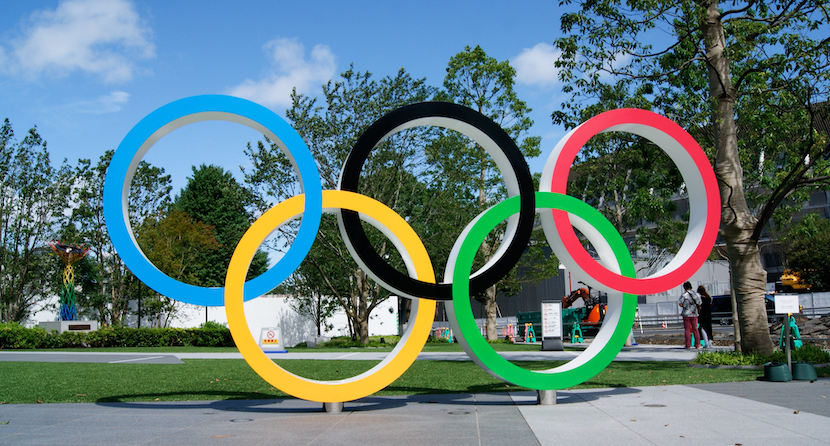
Planning and executing the Olympic Games in a different city every two years is a monumental undertaking. Preparing for the 2022 Winter Olympics in Beijing, China is no different.
Concerns over severe weather and COVID-19 protocols aside, transforming three different zones across China for the Games, in Beijing, Yanqing and Zhangjiakou with varied terrain and resources has been a challenge alone. Fortunately, like other large events, the Olympics has relied on temporary modular buildings to create the venues, housing and workspace essential for a successful event.
Discover how temporary buildings, including modular buildings and storage containers, have supported the Olympics and other large events below.
Testing and Social Distancing
Over the course of the COVID-19 pandemic, professional U.S. sports leagues, including MLB and NFL, have used modular buildings for employee temperature checkpoints, extra social distanced workspace and more in an effort to keep their large events safe.
Storage and Operations
Modular buildings and portable storage units have been used as event command stations, ticket booths and additional storage space to keep events, like the 2019 PGA Championship, running smoothly.
Media Support
For members of the media covering large events, including NASA’S first shuttle mission for Atlantis, modular media centers have helped workers stay informed with mobile offices onsite at the event.
Temporary Housing
Modular buildings have also been used to quickly create Olympic Villages for athletes and their teams and temporary hotels for Olympic officials, spectators and staff, helping them stay close by.
Modular buildings provide a customizable solution for events of any size or scale. Make your next event a successful one by employing modular buildings as needed for critical support functions.
